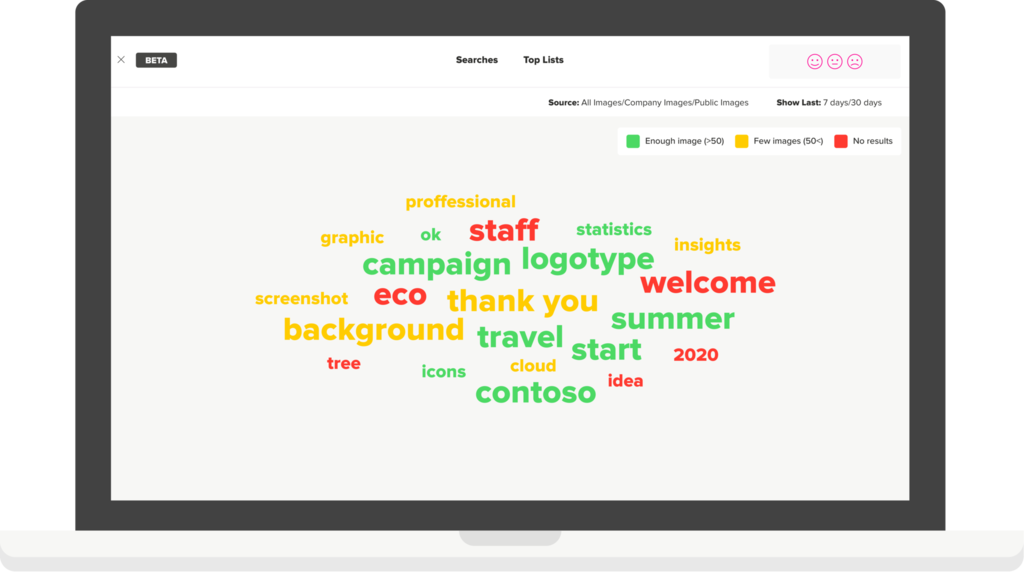7 reasons to invest in Digital Asset Management in 2023
When you force your colleagues to go looking for your logo on a search engine (yes, it happens!) or pester the Marketing team for the latest product shots, that’s really more like digital asset mismanagement. But I get it. Keeping track of all your company content including new campaign material, staff portraits, template updates, and more can be quite the task. Not to mention making sure it’s available in all the right channels. So, you do your best to update what you can, field as many requests as possible, and improvise. You also learn to live with a constant lack of control.
Unless of course, you choose to use a system. Enter the not-so-sexy world of DAMs. Digital Asset Management systems range from simple file storage solutions to state-of-the-art platforms with every imaginable feature under the sun. However, what they all have in common is a pretty boring segment to reside in. We can admit it… file storage really isn’t that exciting.
But then again, neither is insurance nor a dentist trip, but it’s still good for you.
Not convinced by a sentence with a vague dental hygiene reference? Ok, here are 7 relevant reasons for DAM.
1. Better brand asset ROI
Organizations often see poor adoption of new assets, not because they’re no good, but because they’re hard to access. (Others just need to move on from sucky visuals and hire a better brand agency.) If you’re confident your content is good but you’re not seeing the usage you expected, try rethinking where you make them available. Often, distribution is a weak link.
👉 Check how PayEX saw a 5X increase in the usage of the brand assets after switching to Pickit 👈

2. Simplified workflow
Better distribution means a simpler workflow. Instead of context-switching between a presentation, search engine, file storage system and an email to the marketing manager asking for another .png, you can get the whole lot right from your PowerPoint menu. Genius.
3. Brand consistency
When all the latest images are accessible in one centralized location and all those old, embarrassingly outdated product shots (and staff photos!) aren’t, you no longer need to worry about inconsistent content that makes your brand look bad.
4. Actionable analytics
By getting data on downloads, inserts, popular search terms and more, your brand asset managers can get a better understanding of how your visuals are being used as well as what’s missing.
5. Keywords and tags

Any decent DAM will (ok, should) let you tag your content with relevant keywords, making searching for (read: finding!) the right image a whole lot easier.
6. Curated collections
A good system will give you the option to curate your content into collections and use themes, cover images and visual indicators to make the browsing experience easier and more intuitive. Say goodbye to endless lists of files with names like IMG_8365.JPG.
7. User permissions
Any self-respecting digital asset management system will allow you to regulate who gets access to what by sharing a different set of assets with different departments, teams and individuals at your organization.
Summary
Voila! Seven solid reasons why you should consider finding a solution for digital asset management. We could have added Peace of mind to the list, but I read somewhere that posts with an odd number of points outperform those with even numbers.
Interested in seeing our service in action? Book a quick demo below.
